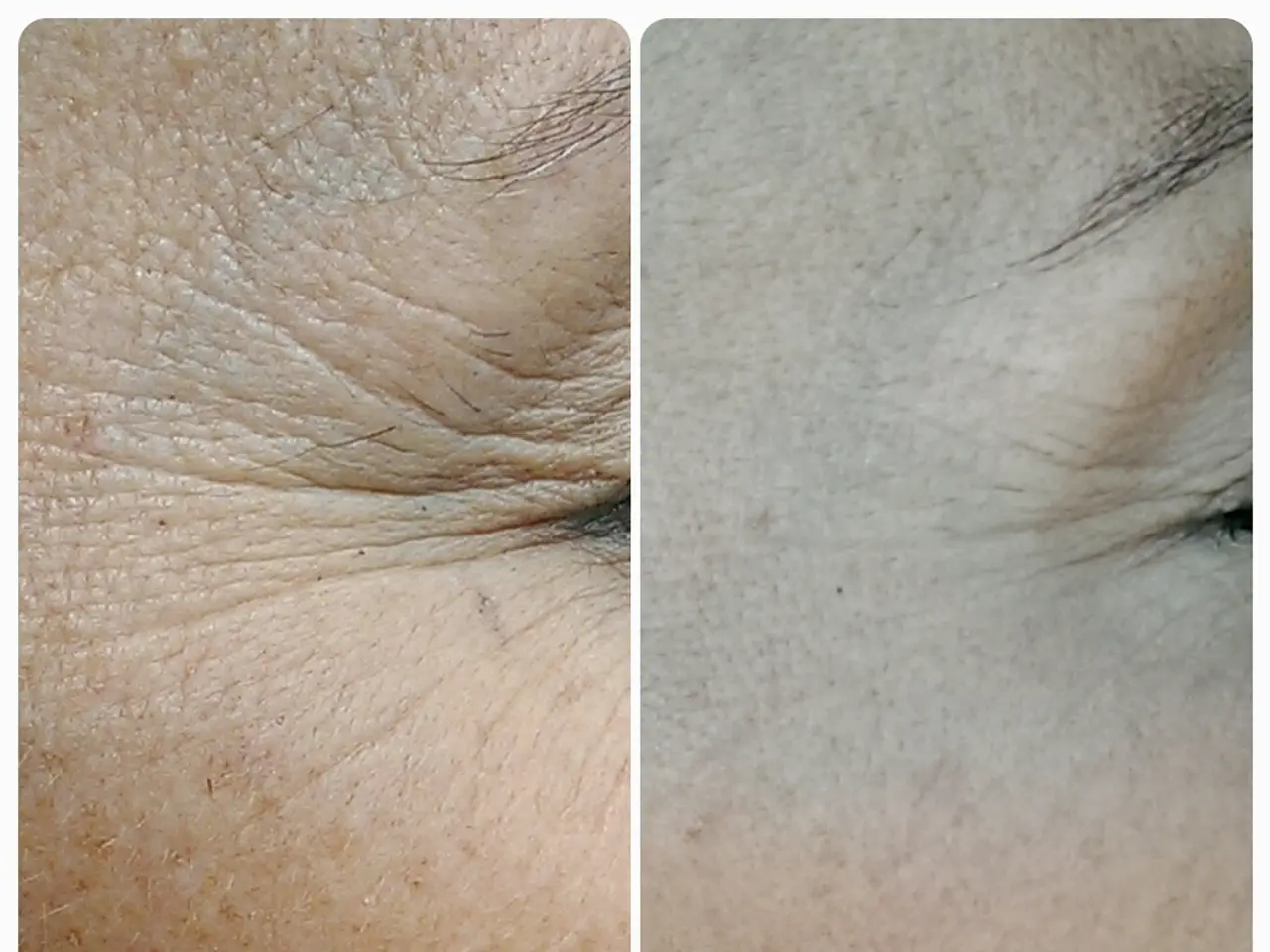Methemoglobinemia: Information on identification, disease types, and treatment methods for this conditions affecting hemoglobin in the blood.
**Subtitle: A Comprehensive Guide to the Blood Disorder**
Methemoglobinemia, often referred to as MetHb, is a blood disorder that can impair the delivery of oxygen to tissues. This condition arises when the red blood cells contain an excessive amount of methemoglobin, a form of hemoglobin that fails to effectively carry oxygen. This article aims to shed light on the common causes, symptoms, and precautions associated with MetHb.
---
**Causes**
MetHb can be either inherited or acquired. **Inherited MetHb** occurs due to a genetic defect, with Type 1 MetHb, also known as erythrocyte reductase deficiency, and Type 2 MetHb, or generalized reductase deficiency, being the most common types. On the other hand, **acquired MetHb** is caused by exposure to certain drugs, chemicals, or environmental factors.
1. **Medications:** Local anesthetics such as benzocaine, lidocaine, and prilocaine can cause MetHb, especially in high doses or when used on broken skin or mucosa. Other medications that may lead to MetHb include antimalarial drugs like chloroquine, primaquine, dapsone, phenazopyridine, and some antibiotics.
2. **Chemicals and Industrial Exposures:** Nitrites and nitrates, found in some fertilizers, well water, or as preservatives in processed meats, can cause MetHb. Aromatic amines and nitro compounds, used in industrial processes, are also potential triggers.
3. **Environmental/Accidental Exposures:** High nitrate levels in well water, especially in infants, can lead to MetHb. Accidental ingestion of certain solvents or “poppers” containing alkyl nitrites can also cause the condition.
4. **Infants and Children:** Ingestion of contaminated water or overuse of topical anesthetics on their mucosa can cause MetHb in infants and children. Diarrheal illness, particularly in children, has been associated with MetHb in some rare cases.
---
**Symptoms**
The symptoms of MetHb can vary depending on the severity of the condition. They may include a headache, fatigue, dizziness, anxiety, confusion, temporary loss of consciousness, rapid heartbeat, and weakness. In severe cases, MetHb can lead to shock, seizures, and even death.
Acquired MetHb may also present with a bluish coloring of the skin, shortness of breath, lack of energy, and, in severe cases, can be fatal. Type 1 MetHb primarily manifests with a bluish coloring of the skin. If MetHb reaches a concentration of 3 to 10 percent, a person's skin may take on a blue-grey appearance of cyanosis.
---
**Prevention**
To prevent acquired MetHb, people should avoid known causes such as benzocaine and children under 6 months should not eat foods containing nitrates. Hemoglobin M disease, which shares the symptom of bluish coloring of the skin with Type 1 MetHb, should also be considered when assessing potential causes.
---
**Diagnosis and Treatment**
A doctor will diagnose MetHb using a blood test. Methylene blue is used to treat severe cases of MetHb, but it can be unsafe for people who have or are at risk of developing a disease called G6PD deficiency.
---
**Conclusion**
Understanding MetHb is crucial to preventing and treating this potentially life-threatening condition. If you suspect MetHb, prompt medical attention is critical. With proper knowledge and precautions, it is possible to minimise the risks associated with MetHb.
- In cases of acquired MetHb, certain medications such as benzocaine, lidocaine, and prilocaine, common local anesthetics, can cause the disorder when used in high doses or on broken skin or mucosa.
- Environmental factors, like high nitrate levels in well water, can potentially lead to MetHb in infants, while accidental ingestion of certain solvents or “poppers” containing alkyl nitrites can also cause the condition.
- Proper knowledge and precautions, such as avoiding known causes like benzocaine and ensuring infants do not consume foods containing nitrates, can help minimize the risks associated with MetHb and help in its prevention.




